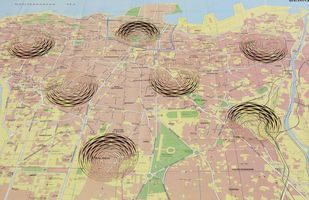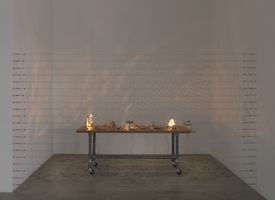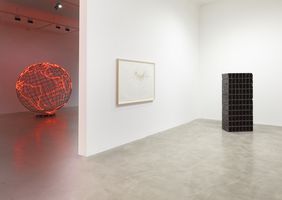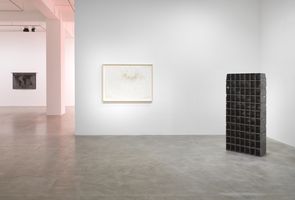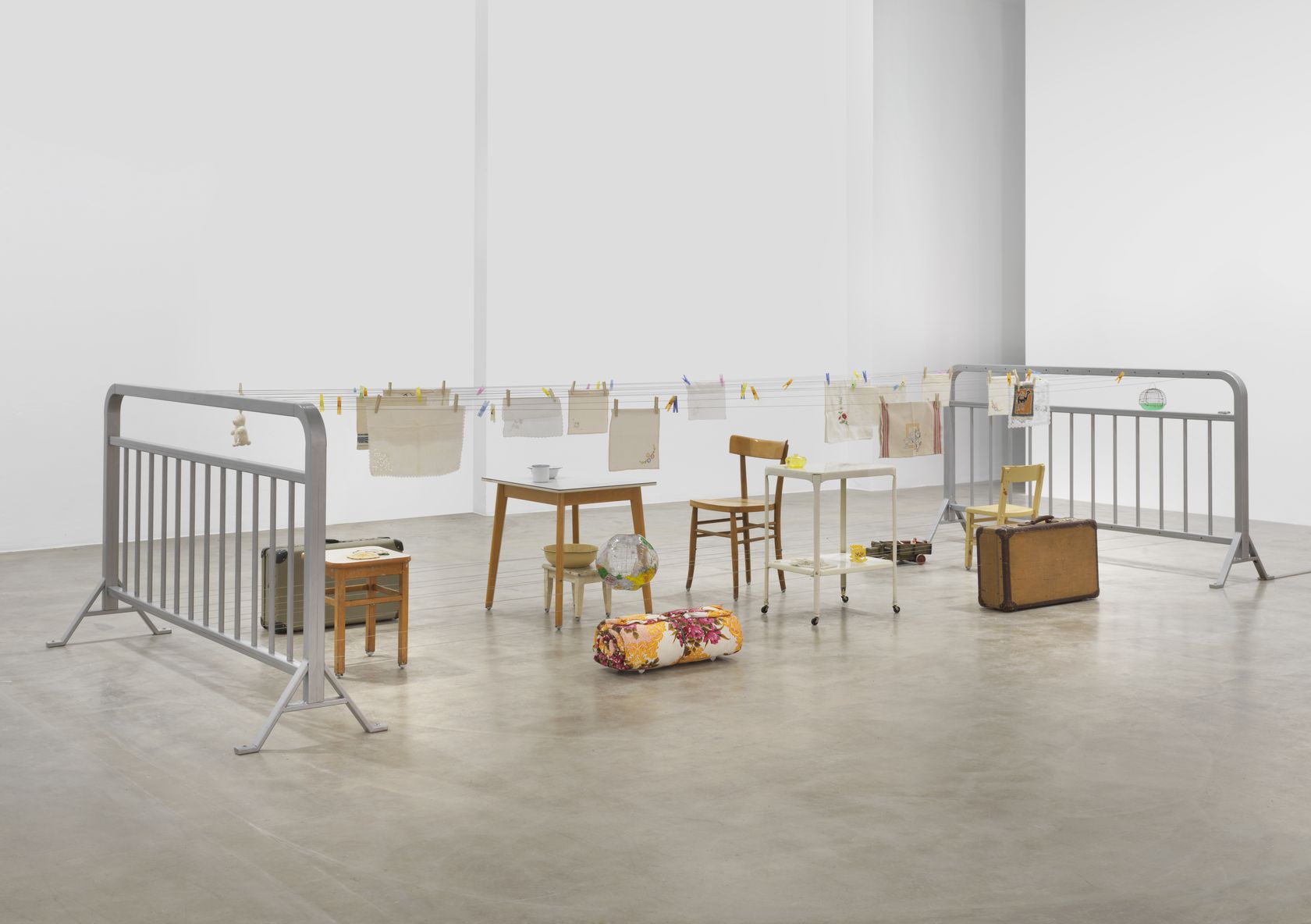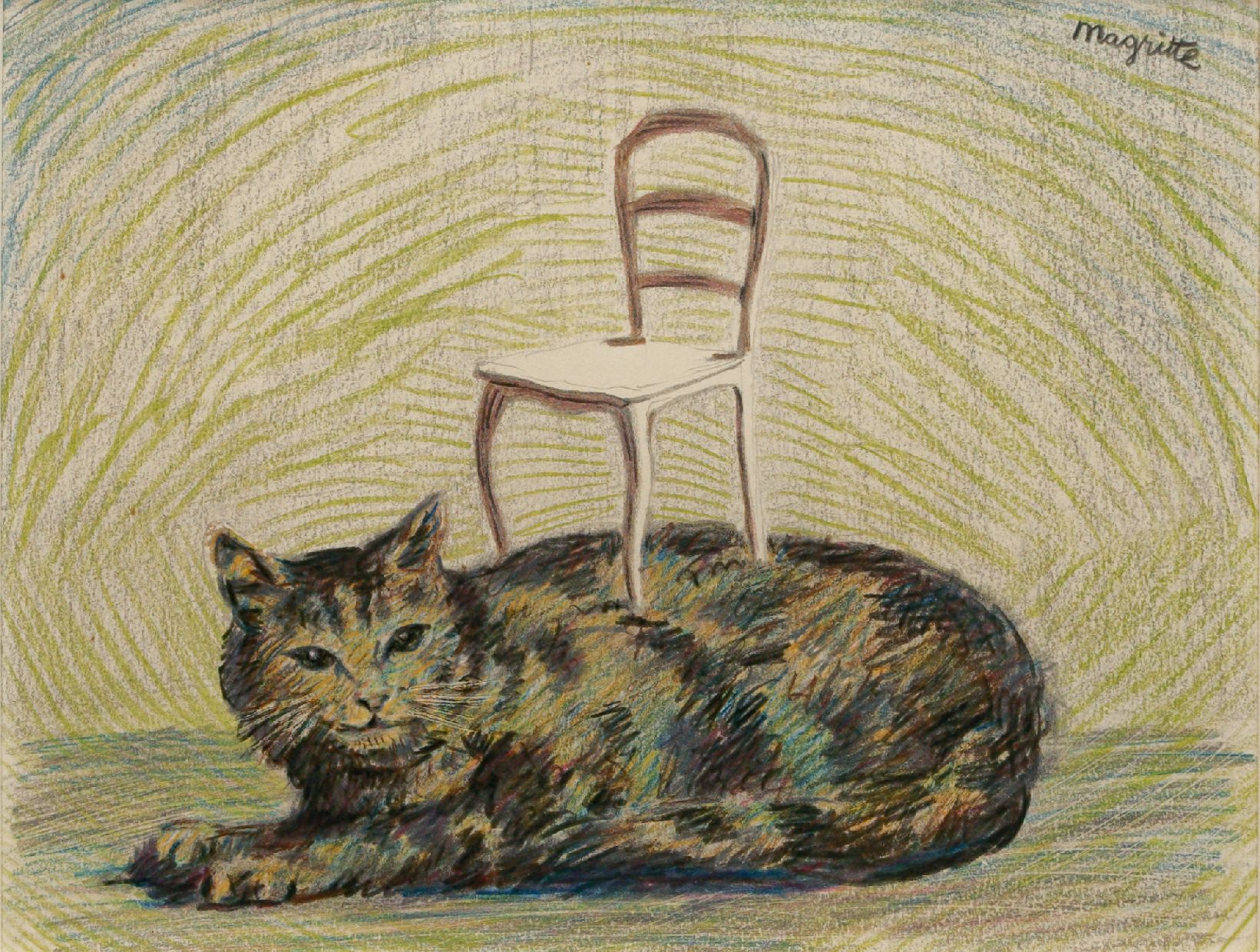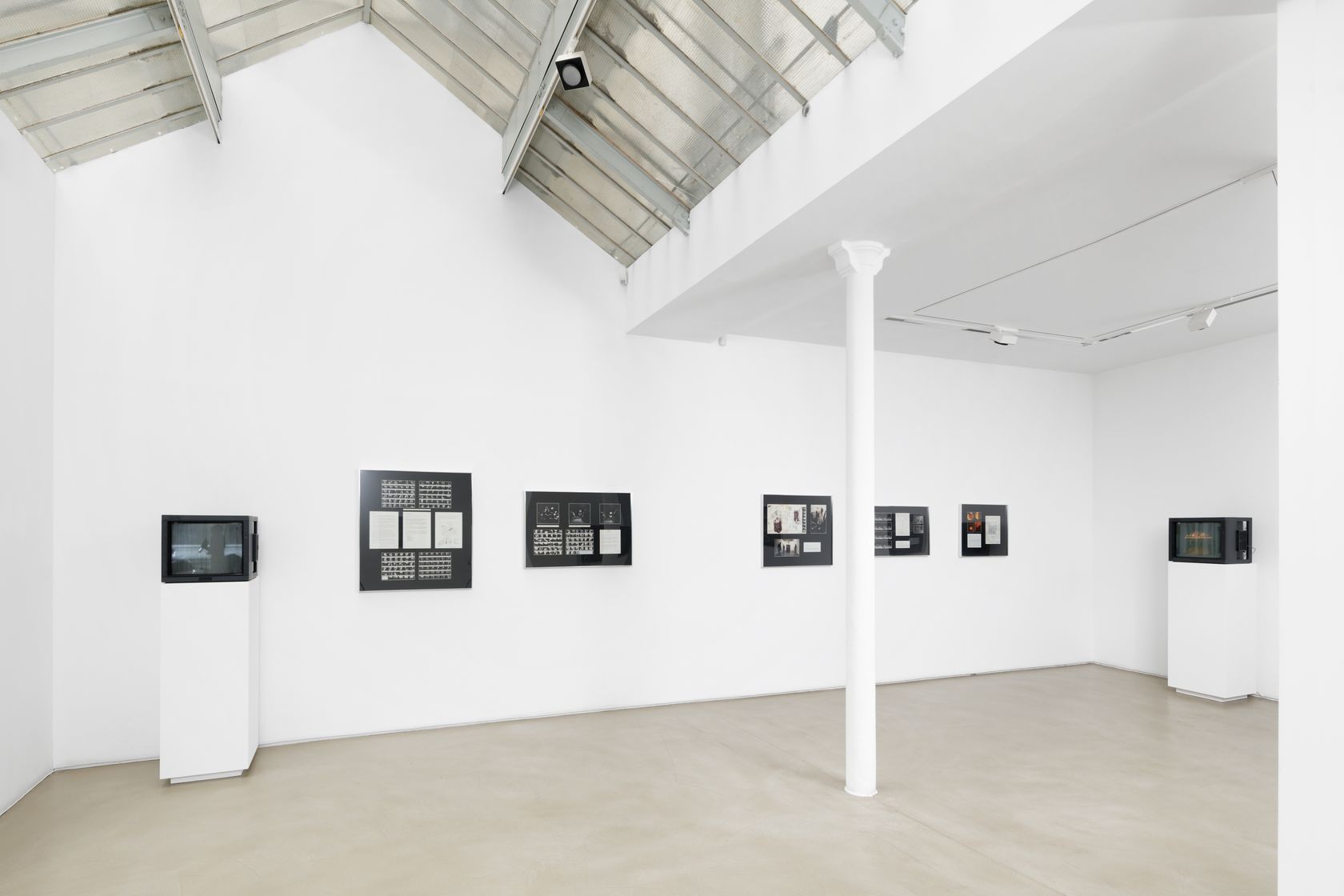Three Berlin institutions present the multifaceted work of Mona Hatoum (* 1952 in Beirut, lives in London) in the first large-scale survey of her work in Berlin. The three-part exhibition opens in September at Neuer Berliner Kunstverein (15.9.2022 – 13.11.2022), Georg Kolbe Museum (15.9.2022 – 8.1.2023) and KINDL – Centre for Contemporary Art (18.9.2022 – 14.5.2023).
Mona Hatoum is considered one of the most important and influential artists of her generation. Her performances, videos, photographs, sculptures, installations and works on paper deal with issues of displacement, marginalisation, exclusion and state control – themes she examines against the backdrop of both her own biography and current societal developments. The exhibition project, including an accompanying programme and publication, brings together key works by Hatoum from the performance and video work of the 1980s to varied productions from the last two decades as well as new, site-specific sculptures and installations.
The exhibition at n.b.k. focuses on Hatoum’s dealings with the physical and psychological implications of structural repression through both domestic scenes as well as global scenarios. Her works address experiences of uprootedness – whether as a dissociative moment, trauma, or empowerment. Her ambiguous treatment of notions of home, gender roles and human vulnerability is a compelling artistic contribution to today’s pressing issues.
The works presented at n.b.k. explore a state of existential uncertainty that Hatoum has called the “basic human condition of exile”. In installations such as Home (1999) or Mobile Home II (2006), objects from the domestic sphere are assembled into environments of potential threat. By turning kitchen utensils into buzzing conductors of a high voltage electric current and setting furniture in motion using kinetic processes, Hatoum questions the notion of “home sweet home” as a safe and stable place.
The artist also makes targeted use of cartographic systems to address zones of conflict, shifting borders and the precariousness of our planet. While Hatoum’s Hot Spot III (2009), a globe outlined in bright red lines, depicts the whole world as a spot of conflict and unrest, her 3-D Cities (2008–2010) refer to the fragility of urban landscapes in war zones. In the latter, maps of Baghdad, Beirut and Kabul, are presented on wooden trestles, with cut-out sections suggesting the constant cycle of destruction and reconstruction in cities impacted by war. In scrutinising the influence of state control on border demarcations and mobility, Hatoum touches on current debates on surveillance technologies and new forms of biopolitics.
